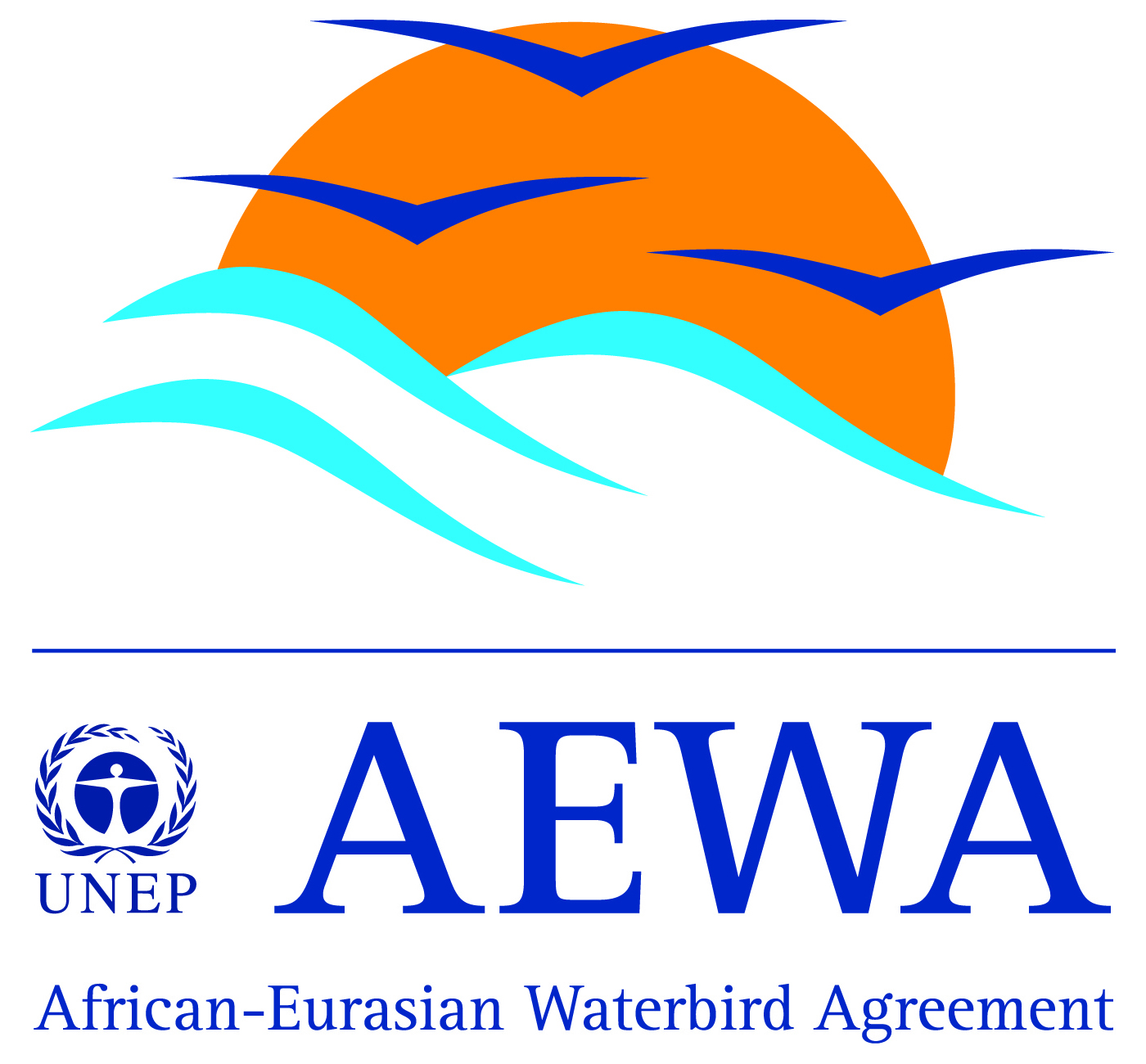Actions to conserve biodiversity
We have summarised evidence from the scientific literature about the effects of actions to conserve wildlife and ecosystems.
Review the evidence from the studies
Not sure what Actions are? Read a brief description.
Search for evidence
e.g. "frogs chytrid"
3690 Actions found
Refine
Hide
3690 Actions found
Download Actions
| 0 selected |
|
Order results by:
| Action | Effectiveness | Studies | Category | |
|---|---|---|---|---|
|
Introduce nurse plants to aid focal non-woody plants: freshwater wetlands Action Link |
Unknown effectiveness (limited evidence) | 2 |
|
|
|
Prune roots of trees/shrubs before planting: freshwater wetlands Action Link |
Unknown effectiveness (limited evidence) | 2 |
|
|
|
Treat tree/shrub seeds with chemicals before sowing: freshwater wetlands Action Link |
Unknown effectiveness (limited evidence) | 2 |
|
|
|
Pay stakeholders to protect marshes or swamps Action Link |
Unknown effectiveness (limited evidence) | 2 |
|
|
|
Engage local people in management/monitoring of marshes or swamps Action Link |
Likely to be beneficial | 2 |
|
|
|
Provide education/training programmes about marshes or swamps Action Link |
Unknown effectiveness (limited evidence) | 2 |
|
|
|
Translocate mammals that have habituated to humans (e.g. bears) Action Link |
Trade-off between benefit and harms | 2 |
|
|
|
Prevent mammals accessing potential wildlife food sources or denning sites to reduce nuisance behaviour and human-wildlife conflict Action Link |
Likely to be beneficial | 2 |
|
|
|
Place orphaned or abandoned wild young with captive foster parents Action Link |
Likely to be beneficial | 2 |
|
|
|
Use conditioned taste aversion to reduce human-wildlife conflict in non-residential sites Action Link |
Likely to be beneficial | 2 |
|
|
|
Encourage community-based participation in land management Action Link |
Likely to be beneficial | 2 |
|
|
|
Use livestock fences that are permeable to wildlife Action Link |
Likely to be beneficial | 2 |
|
|
|
Change type of livestock Action Link |
Likely to be beneficial | 2 |
|
|
|
Burn at specific time of year Action Link |
Likely to be beneficial | 2 |
|
|
|
Exclude wild mammals using ditches, moats, walls or other barricades to reduce human-wildlife conflict Action Link |
Likely to be beneficial | 2 |
|
|
|
Use campaigns and public information to improve behaviour towards mammals and reduce threats Action Link |
Unknown effectiveness (limited evidence) | 2 |
|
|
|
Provide education programmes to improve behaviour towards mammals and reduce threats Action Link |
Likely to be beneficial | 2 |
|
|
|
Use visual deterrents (e.g. scarecrows) to deter predation of livestock by mammals to reduce human-wildlife conflict Action Link |
Unknown effectiveness (limited evidence) | 2 |
|
|
|
Translocate predators for ecosystem restoration Action Link |
Likely to be beneficial | 2 |
|
|
|
Provide diversionary feeding to reduce predation of livestock by mammals to reduce human-wildlife conflict Action Link |
Unknown effectiveness (limited evidence) | 2 |
|
|
|
Install metal grids at field entrances to prevent mammals entering to reduce human-wildlife conflict Action Link |
Likely to be beneficial | 2 |
|
|
|
Use lights and sound to deter crop damage by mammals to reduce human-wildlife conflict Action Link |
Unlikely to be beneficial | 2 |
|
|
|
Place captive young with captive foster parents Action Link |
Unknown effectiveness (limited evidence) | 2 |
|
|
|
Preserve genetic material for use in future captive breeding programs Action Link |
Unknown effectiveness (limited evidence) | 2 |
|
|
|
Remove trees and shrubs to recreate open areas of land Action Link |
Likely to be beneficial | 2 |
|
Download Actions
| 0 selected |
|
Watch this search
If you are familiar with RSS feeds, please click the button below to retrieve the feed URL:
RSS feed for this searchIf you are unfamiliar with RSS feeds, we would suggest reading this BBC article.
Unfortunately, due to the number of feeds we have available, we cannot provide e-mail updates. However, you could use tools such as Feed My Inbox to do this for you.
What are 'Individual studies' and 'Actions'?
Individual studies
An individual study is a summary of a specific scientific study, usually taken from a scientific journal, but also from other resources such as reports. It tells you the background context, the action(s) taken and their consequences.
If you want more detail please look at the original reference.
Actions
Each action page focuses on a particular action you could take to benefit wildlife or ecosystems.
It contains brief (150-200 word) descriptions of relevant studies (context, action(s) taken and their consequences) and one or more key messages.
Key messages show the extent and main conclusions of the available evidence. Using links within key messages, you can look at the paragraphs describing each study to get more detail. Each paragraph allows you to assess the quality of the evidence and how relevant it is to your situation.
Where we found no evidence, we have been unable to assess whether or not an intervention is effective or has any harmful impacts.





)_2023.JPG)














